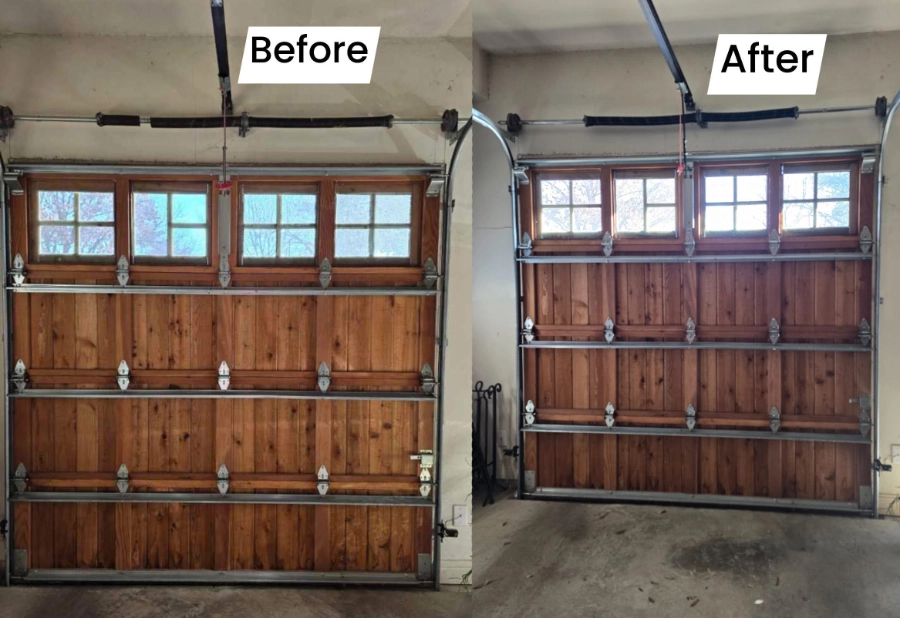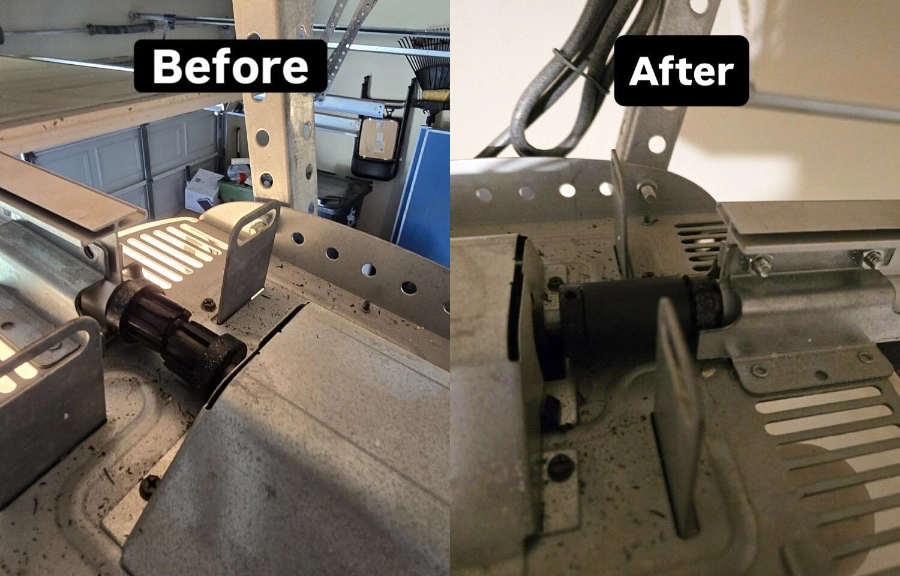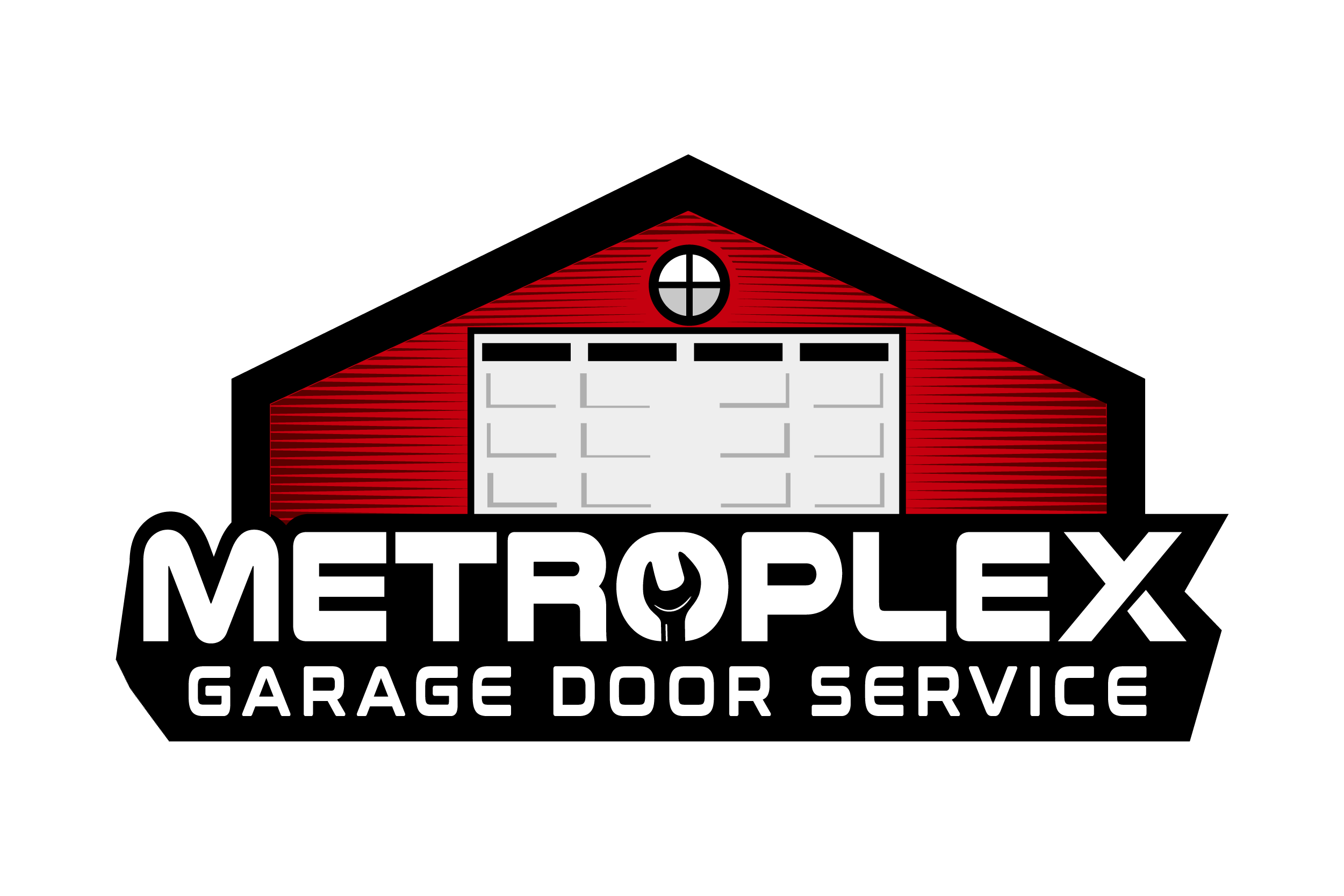Garage Door Services
Understanding Garage Door Services: Repair, Installation, Emergency Response, and Maintenance

Garage doors play a vital role in the functionality, security, and curb appeal of residential and commercial properties. They serve as a primary entry point for many homes and protect valuable belongings while also offering convenience through automation and remote access. Like any mechanical system, garage doors require proper care, professional installation, and timely repairs to function safely and efficiently.
This page explores the core services typically associated with garage door systems: repair, installation, emergency service, and regular maintenance. Whether you’re managing a home or a business property, understanding each of these areas can help extend the life of your system and reduce safety risks.
Garage Door Repair
Garage door systems are complex and include multiple moving parts that can wear down or malfunction over time. Repairs may be necessary for a variety of reasons, including:

Broken Springs or Cables
Garage door springs and cables are responsible for lifting the heavy weight of the door. When they break or weaken, the door becomes difficult—or even dangerous—to operate.
Common symptoms:
- Garage door won’t open or only opens a few inches
- Loud bang or snapping sound from the garage
- Door appears crooked or slams shut when released
- Visible gaps in the torsion spring
- Loose or frayed lifting cables
- Door feels extremely heavy when trying to lift manually
Note: Attempting to repair springs or cables without proper training can be hazardous. These components are under high tension.
Worn-Out Rollers or Hinges
Rollers and hinges help the garage door move smoothly along the tracks. Over time, they can wear down, loosen, or become noisy.
Common symptoms:
- Loud squeaking, grinding, or scraping noises during operation
- Door shakes or wobbles while moving
- Visibly worn or rusted rollers
- Hinges appear cracked or bent
- Roller wheels pop out of the track
- Slow or jerky door movement
Routine lubrication may help reduce noise temporarily, but worn parts typically require replacement for proper performance.
Bent or Misaligned Tracks
Tracks guide the garage door as it opens and closes. If they become bent or misaligned, the door can derail or become stuc.
Common symptoms:
- Door comes off the tracks or gets stuck midway
- Visible gaps or bends in the tracks
- Rubbing, scraping, or metal-on-metal sounds
- Door leans to one side when opening
- Increased resistance when opening or closing
- Rollers frequently fall out of alignment
A misaligned track may also strain other parts of the system, leading to more extensive repairs if left unaddressed.
Damaged Door Panels
Garage door panels can become dented or warped due to impact, weather, or wear. Damaged panels affect appearance, insulation, and balance.
Common symptoms:
- Visible dents, cracks, or warping
- Panels bowing or bulging outward
- Light or air leaking through the door
- Trouble opening or closing fully
- Difficulty maintaining indoor temperature (in insulated doors)
- Uneven motion or door sagging on one side
In some cases, individual panels can be replaced without replacing the entire door.
Malfunctioning Openers or Remotes
The opener powers the lifting and lowering of the door, while remotes and wall switches control the signal. Issues here can prevent the door from responding.
Common symptoms:
- Door doesn’t respond to remote or keypad
- Opener makes noise but doesn’t move the door
- Intermittent or delayed response
- Flashing lights or beeping from the opener unit
- Wall button works, but remote doesn’t (or vice versa)
- Door reverses unexpectedly when opening or closing
Sometimes, the fix may be as simple as replacing batteries or reprogramming a remote—but internal failures in the opener may require professional service.
Sensor or Safety Reversal Issues
Safety sensors are required on all automatic garage doors to prevent injury or damage. When these components are misaligned or malfunctioning, the door may not close correctly—or at all
Common symptoms:
- Door starts to close and immediately reverses
- Flashing sensor lights or warning signals on the opener
- One or both sensor lights are off or blinking
- Door only closes when you hold the wall button
- Door won’t close fully, even though nothing is in the way
- Frequent errors during daily operation
Dust, dirt, misalignment, or wiring issues are common causes of sensor malfunctions. Proper alignment and testing ensure the safety system works as intended.
When a door cannot be closed securely, the risk of theft or exposure to weather increases significantly. Emergency garage door services are structured to quickly restore access or secure the property, even during off-hours, weekends, or holidays.
It's important to note that emergency service calls often involve temporary fixes until a full repair can be scheduled—especially when specialized parts are required.
Garage Door Installation
Installation of a new garage door involves more than just attaching a panel to an opening. A full installation includes proper framing, spring system calibration, track alignment, opener integration, and safety system configuration.
Common Garage Door Materials: Pros, Considerations & Ideal Uses
Choosing the right material for a garage door goes beyond just appearance. Each type offers different benefits in terms of durability, insulation, cost, and maintenance. Understanding the characteristics of each option can help homeowners and property managers select the best fit for their specific needs.
Steel – Durable and Low-Maintenance
Steel is one of the most popular choices for garage doors due to its strength, affordability, and minimal upkeep requirements.
Benefits:
- Highly durable and resistant to dents from daily use
- Available in a variety of finishes and styles, including wood-grain textures
- Can be insulated for improved energy efficiency
- Low maintenance—typically only requires occasional washing and inspection
Considerations:
- May rust over time if not properly coated or maintained
- Can be noisy without insulation or sound-dampening upgrades
- Less impact-resistant than composite or solid wood options in certain situations
Best for: Homeowners seeking a long-lasting, practical door that balances cost and performance. Ideal for standard residential garages and areas with moderate climates.
Wood – Classic Appearance with a Need for Regular Upkeep
Wood garage doors offer timeless appeal and natural beauty. They’re often found on traditional or high-end homes where aesthetics are a top priority.
Benefits:
- Warm, rich appearance that can complement a wide range of architectural styles
- Customizable with stains, paints, and carving details
- Strong and durable when properly constructed and maintained
Considerations:
- Requires regular painting or staining to prevent warping, rotting, or cracking
- Can be more expensive than other materials
- Heavier than steel or aluminum, requiring a more powerful opener and strong hardware
- Less energy-efficient without added insulation
Best for:Homeowners looking to enhance the curb appeal of classic or custom homes and who are willing to invest time and money in regular maintenance.
Aluminum – Lightweight and Corrosion-Resistant
Aluminum is often used in modern garage door designs. Its resistance to rust makes it a good choice in coastal or humid regions.
Benefits:
- Lightweight, putting less strain on garage door components
- Naturally resistant to corrosion and rust
- Often used in contemporary designs with glass panels or minimalist styling
- Available in a variety of colors and finishes
Considerations:
- More prone to dents than steel
- Less insulating unless backed with thermal materials
- May feel less secure or substantial in some applications
Best for: Homes in coastal or humid areas, or those seeking a sleek, modern look with minimal maintenance needs.
Composite or Vinyl – Weather Resistant and Insulating
Composite and vinyl garage doors are engineered from synthetic materials to mimic the appearance of wood while offering superior weather resistance and durability.
Benefits:
- Resists moisture, cracking, warping, and insects
- Low maintenance—no need for painting or sealing
- Often includes a foam core for better insulation and sound control
- Long-lasting color and finish that doesn’t fade easily
Considerations:
- Can be more expensive than steel doors
- Fewer customization options compared to wood
- May not offer the same high-end feel as real wood
Best for: Homeowners who want the look of wood without the upkeep, or those in extreme weather climates where moisture resistance and insulation are priorities.
When choosing a new garage door, considerations often include insulation (R-value), aesthetics, noise reduction, wind resistance, and smart-home compatibility.
Proper installation is crucial to ensure safe operation and maximize the life of the door. An improperly installed garage door may operate inefficiently, create extra wear on parts, or pose a safety risk over time.
Emergency Garage Door Repair
Some garage door services require immediate attention—especially when safety, security, or access is compromised. Emergency services are typically available 24/7 and address urgent issues such as:
- Doors that won’t close or are stuck halfway open
- Broken torsion or extension springs
- Failed openers or power loss situations
- Accidental impact damage from vehicles
- Snapped cables or off-track rollers
When a door cannot be closed securely, the risk of theft or exposure to weather increases significantly. Emergency garage door services are structured to quickly restore access or secure the property, even during off-hours, weekends, or holidays.
It's important to note that emergency service calls often involve temporary fixes until a full repair can be scheduled—especially when specialized parts are required.
Garage Door Maintenance
Regular maintenance is often overlooked, but it is one of the most effective ways to prolong the life of a garage door system and reduce the likelihood of unexpected failures.
A standard garage door maintenance checklist may include:
- Lubricating moving parts – Rollers, hinges, pulleys, and springs
- Tightening loose bolts or brackets
- Inspecting cables and springs for wear
- Testing auto-reverse and safety features
- Checking door balance and alignment
- Cleaning tracks and sensors
Many manufacturers recommend professional inspections annually, especially for high-use systems. Maintenance can detect early signs of wear or damage before they escalate into more costly repairs.
For homeowners in colder climates or those with insulated doors, seasonal checks may also help improve energy efficiency by identifying and sealing gaps or worn weather stripping.
Safety Considerations
Garage doors are heavy and operate under significant tension, particularly those with spring-loaded systems. Safety features such as photoelectric sensors, auto-reverse mechanisms, and emergency release cords are built into most modern systems to prevent injuries or accidents.
Despite these safeguards, garage doors can still present risks when damaged or misused. Here are a few safety reminders :
- Never attempt to repair springs or cables without proper training.
- Keep remote controls out of reach of children.
- Test the auto-reverse feature monthly by placing a small object in the door’s path.
- Avoid standing or walking under a moving garage door.
- Unplug the opener if making non-mechanical adjustments.
- Cleaning tracks and sensors
Staying informed about how your garage door system operates—and recognizing when professional service is needed—is key to maintaining a safe and functional entry point to your home or building.
Common Issues That Require Attention
Many garage door problems begin subtly before becoming serious. Here are some of the most common warning signs that may indicate a need for service:
Despite these safeguards, garage doors can still present risks when damaged or misused. Here are a few safety reminders:
- Unusual noises (grinding, squeaking, popping)
- Slower or jerky movement when opening/closing
- Sagging on one side of the door
- Door won’t stay open or falls quickly when released.
- Remote or wall switch doesn’t respond
- Flashing opener lights or error codes
- Visible fraying on cables or damage to tracks
Regular observation and prompt action can prevent major failures and ensure the door continues to operate safely and reliably.
Call Metroplex GArageDoor Service First
Garage door systems are used daily, often without a second thought—until something goes wrong. Understanding the core services related to garage door repair, installation, emergency service, and maintenance can help you make informed decisions and protect your investment.
Whether you are addressing a malfunction, upgrading your current system, or simply trying to prevent future issues, a proactive approach to garage door care is essential. Regular maintenance, timely repairs, and professional installation all contribute to a longer-lasting, safer, and more efficient garage door system.
